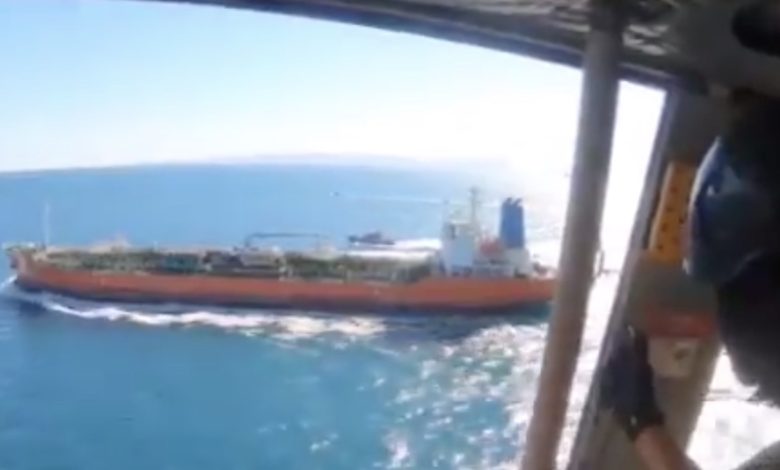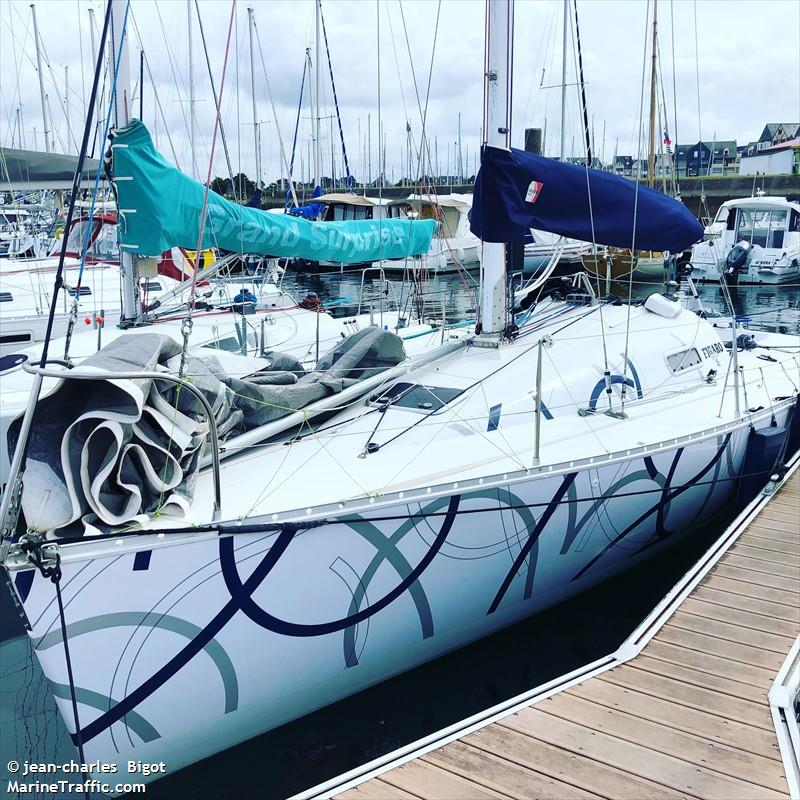Korean naval forces arrive as tanker shipping faces up to the threat of more Iranian seizures

Korean naval forces have arrived near the Strait of Hormuz as dialogue gets underway to free the Hankuk Chemi and its 20 crew. The vessel was taken by Iran’s Revolutionary Guards yesterday, claiming pollution charges, something the ship’s owner, Busan-based DM Shipping, has denied.
DM Shipping officials today said today that Revolutionary Guard troops (pictured via Iranian media) had stormed the vessel and forced it to change course and travel to Iran. Iranian armed forces have intercepted a number of tankers over the past 18 months.
The South Korean foreign minister, Kang Kyung-wha, said her priority was to “verify the facts and ensure the safety of the crew members”. She added: “We have been trying to figure out what happened through the Iranian embassy in South Korea and the South Korean embassy in Iran and are continuing to make efforts to address the situation.”
The tanker had been underway eastbound at 12.5 knots prior to the incident from the Petroleum Chemical Quay, Jubail, Saudi Arabia, operated by Sabtank.
The US State Department yesterday called on Iran to immediately release the tanker, saying that the seizure is part of Teheran’s attempt to press the international community into lifting sanctions on the country.
The vessel detention comes five days after a limpet mine was discovered on a suezmax tanker off Iraq.
“The placement of mines and the detention of vessels within the Persian Gulf and Gulf of Oman is activity previously attributed to Iranian forces. The IRGC and wider Iranian forces have a well-established practice of combining both attributable and non-attributable activity to control security narratives in the region. By creating conditions of insecurity, Iran seeks to destabilise existing rules of law and order, challenging the Saudi and American coalitions which militarily control much of the Middle East,” analysis from security firm Dryad Global suggested.

 and its 20 crew. The vessel was
and its 20 crew. The vessel was
Waiting for d day
Right now peace in the region is finely balanced between the Israeli desire to have the US start a proxy war against Iran, the last holdout against total Israeli domination of the Middle East, and Iran’s national pride and determination to defend itself. Iran will never start a war with US/ISRAEL, a war that would destroy Iran but do considerable damage to Israel and US assets in the region. But by the same token it will defend itself and respond to every provocation by a carefully calibrated retaliation, such as this action. For Israel Iran is the last obstacle in the way of Israeli domination of the Middle East, Netanyahu’s dream. Whereas before there were hostile states which had attacked Israel in 1948,1967,1973 etc, now IDF jets roam freely and small Israeli ground units can operate. Others, like Egypt, have also been regime-changed. This is all courtesy of the US/NATO fighting proxy wars against Israel’s regional threats, as prescribed by the Christian-Zionist fundamentalist Project For A New American Century(PNAC), which control both parties in the US. The tit-for-tat exchanges will continue until Israel, a nuclear power, accepts Iran’s right to exist, and with the US stops staging obvious provocations, like the US murder of General Soleimeni, the scourge of ISIS. After a show of force and a diplomat flurry the tanker will be released unharmed to it’s owners. Better this than lranian missiles falling on Israel or US assets in the region. A very dangerous flashpoint for the survival of our species.